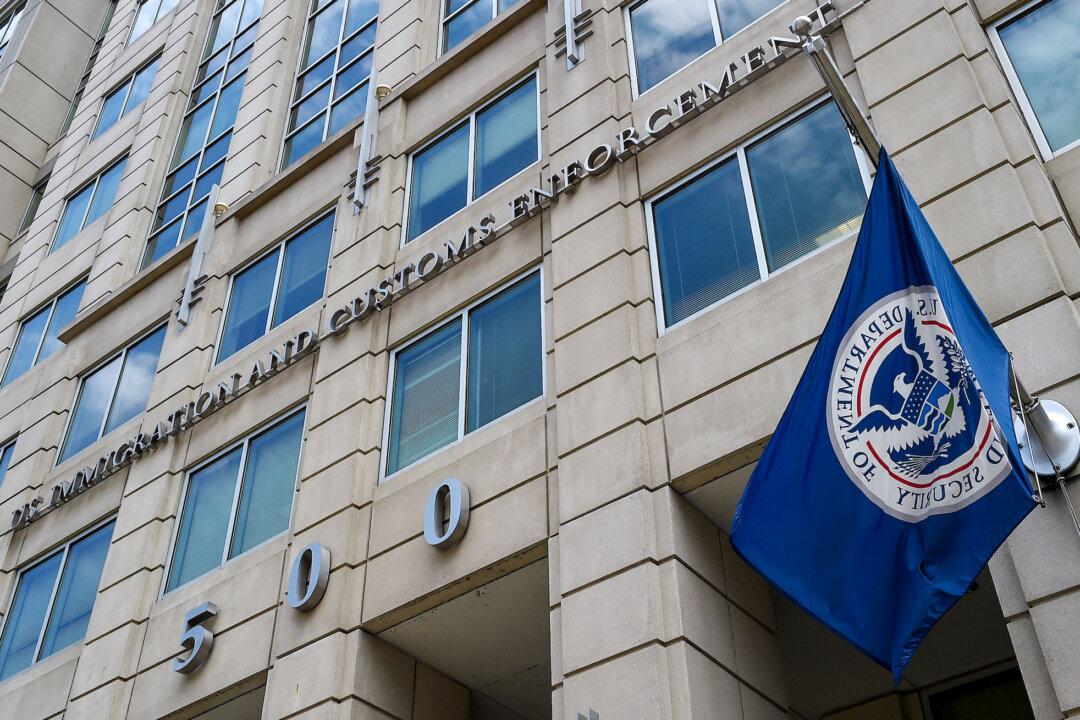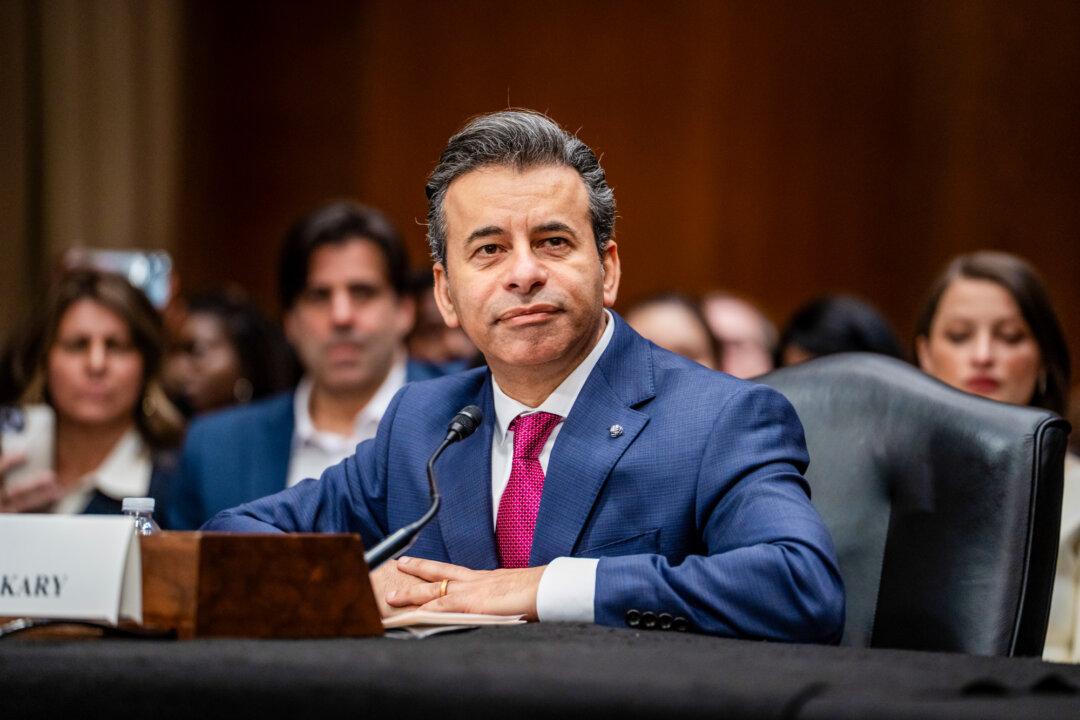The dollar hovered near recent peaks and U.S. Treasuries held steady on the morning of Nov. 3 as investors await an expected Federal Reserve announcement later in the day about tapering the central bank’s massive bond-buying scheme.
The DXY dollar index, which tracks the greenback against a basket of major rivals, traded largely unchanged on the day at 94.055 by 6:12 a.m. New York time, close to its 2021 peak of 94.563 hit last month.
The benchmark 10-year U.S. Treasury yields were steady at 1.530 percent at 6:12 a.m. New York time, down slightly from last month’s recent top of 1.7 percent.
After the Federal Reserve concludes its two-day policy meeting later in the day, investors widely expect officials to announce the start of a gradual wind-down of the central bank’s asset-buying program. With Fed officials repeatedly hinting at an imminent liftoff in their plans to start reducing the bond buys, markets are nearly certain this process will commence in November.
“Expect the Federal Reserve to make a tapering announcement, likely starting in November,” Bankrate Chief Financial Analyst Greg McBride told The Epoch Times in an emailed statement.
“Dialing down their $120 billion in monthly purchases in $15 billion increments—reducing purchases of Treasuries by $10 billion and mortgage-backed securities by $5 billion per month—gets them done by the end of June,” he added.
Investors will also keep a close eye on any hints about the timing and extent of interest rate hikes.
“The Fed has been clear that future interest rate hikes won’t come before the tapering is complete. First things first,” McBride said.
“If inflation were to continue at 5 [percent] into 2022, you‘ll start seeing everybody potentially—well, I can’t speak for anybody else, just myself, but—you would see people pulling their ’dots’ forward and having potentially more than one hike in 2022,” he said in prepared remarks to Stanford Institute for Economic Policy Research.
“The main reason for the change in our liftoff call is that we now expect core PCE inflation to remain above 3 percent—and core CPI inflation above 4 percent—when the taper concludes,” Goldman’s chief economist, Jan Hatzius, wrote in a client note.
Assuming a conclusion of tapering at some point in 2022, Goldman’s prediction for core PCE inflation—which is the measure the Fed relies on to calibrate policy—is well above the central bank’s official estimates. The Fed predicts a core PCE inflation rate of 2.3 percent in 2022, up from 3.7 percent this year, though some FOMC members expect core PCE as high as 2.8 percent next year.
In September, core PCE inflation came in at an annualized 3.6 percent for the fourth month in a row, a 30-year high and well above the Fed’s 2 percent target.
“Inflation has moved up the timetable for the expected start of rate hikes to mid- to late 2022, at least from present vantage point,” McBride said. “But, like trying to predict a no-hitter after just the first inning, much can change in the months ahead. Economic growth, employment, financial stability, and geopolitical concerns are all variables that will come into play in addition to inflation.”
In timing the pullback of stimulus measures, Fed officials are trying to strike a balance between taming inflation and helping the labor market recover from the pandemic lows.





